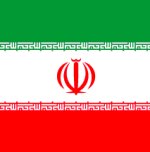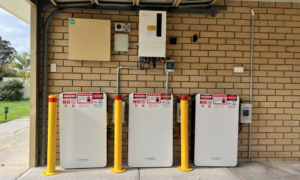In news reports in recent years concerning Iran where the word “energy” is used, it’s usually been preceded by the word “nuclear”. But Iran is also pursuing the development of other less controversial and frightening forms of energy such as wind and solar power.
The outcome of recent meetings between Iran President Mehmoud Ahmadinejad, Iranian Energy Minister Majid Namjou and India’s Union Minister of New and Renewable Energy Dr. Farooq Abdullah will see the two countries strengthen collaboration on renewable energy.
According to various reports, Iran plans to develop 1,000 megawatts of renewable energy, with a special focus on solar power. Minister Namjou says his nation will be establishing 60,000-megawatt capacity in solar farms and 40,000-megawatt capacity in wind farms.
The clean electricity generated won’t be used just for domestic consumption. The countries have reached an agreement to export electricity from Iran to India as an alternative to gas, given electricity exports would be more cost effective. India will be assisting Iran in developing its renewable energy industry.
Iran has extensive solar resources according to a study by researchers from the Department of Electrical & Computer Systems Engineering, Monash University and the Centre of Renewable Energy Research and Application in Tehran, Iran.
Average solar radiation for the nation is approximately 19.23 Mega joules per square meter. Solar radiation varies from 2.8 kWh/m2 in the south-east section of Iran to 5.4 kWh/m2 in its central region. The study says useful solar radiation hours in Iran exceeds 2800 hours per year – around 7.67 hours a day.
A Wikipedia entry states 93% of electricity generated in Iran in 2006 was created through the burning of fossil fuel (75% gas, 18% from oil), with hydro accounting for around 7% of its electricity generation. Since 2006, more non-hydro renewables have been added, but those still remain a drop in Iran’s energy generation bucket.
Iran’s overall carbon dioxide emissions per capita are estimated at approximately 7.3 tonnes (2008) – far less than Australia’s figure of 18.9 tonnes in the same year.












































